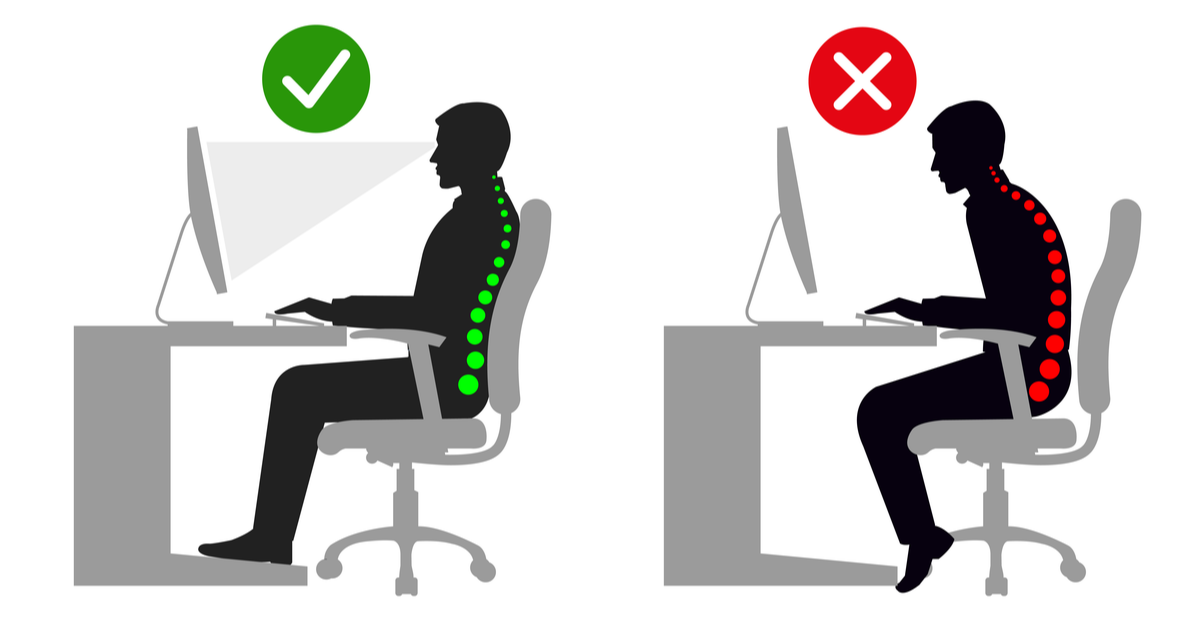Physical Address
304 North Cardinal St.
Dorchester Center, MA 02124
Physical Address
304 North Cardinal St.
Dorchester Center, MA 02124

As we progress toward a more activity-based working world, it is essential that our spaces be designed to meet our needs, both physiologically and psychologically.

Sitting for prolonged periods can negatively impact health and wellbeing. With the average office worker spending over 6 hours per day seated, choosing an ergonomic office chair is crucial . The right ergonomic chair provides customizable support and promotes good posture to alleviate pain and strain. This allows employees to remain productive and comfortable throughout the workday.

This article will discuss key considerations when selecting ergonomic office chairs, outline health benefits, and provide actionable tips for integrating ergonomics into workplace wellness initiatives. Properly supporting the unique needs of individual employees through ergonomic seating can lead to measurable improvements in satisfaction, engagement, and retention over time.
Ergonomics focuses on designing equipment and workstations to match natural human movement and capabilities . In the modern workplace, this often centers around modifying desk setups, computer workstations, and office chairs to support proper employee posture and positioning.
Integrating ergonomic best practices has been shown to:
Ergonomic chairs are designed based on the science of body positioning and support. When used properly, they can have profound impacts on posture, circulation, and reducing strain :
The benefits of ergonomic office chairs are further enhanced when part of a comprehensive workplace wellness program :
With so many models and customization options available, selecting the right ergonomic chair can feel overwhelming initially. Keep these key criteria in mind while evaluating products :
Employers must make employee health, safety, and comfort priorities in the modern workplace. Ergonomic office chairs represent a worthwhile investment in human-centered design, shown to directly improve satisfaction, productivity, and retention over time. Workers spend much of their lives seated at desks. Ensuring proper support through customizable ergonomic seating is both the ethical and financially prudent course of action.
Ergonomic chairs offer numerous benefits including improved posture, reduced back pain, increased comfort, and enhanced productivity. They are designed to support the natural curvature of the spine, reducing the risk of long-term health issues.
Ergonomics plays a vital role in employee productivity by reducing discomfort and fatigue, which in turn, helps maintain focus and efficiency. A well-designed ergonomic workspace can lead to fewer health complaints and absenteeism, thereby boosting overall productivity.
Ergonomics is crucial in healthcare because of the physically demanding nature of the work. Ergonomically designed tools and furniture help prevent injuries and strain among healthcare workers, ensuring their safety and efficiency.
Absolutely. Ergonomics is equally important for remote workers who may spend long hours at a makeshift home office. Proper ergonomic setup helps in maintaining good posture and reducing the risk of musculoskeletal disorders.
Some simple adjustments include positioning your computer screen at eye level, using an ergonomic chair with lumbar support, ensuring your feet are flat on the ground, and taking regular breaks to stretch and move around.